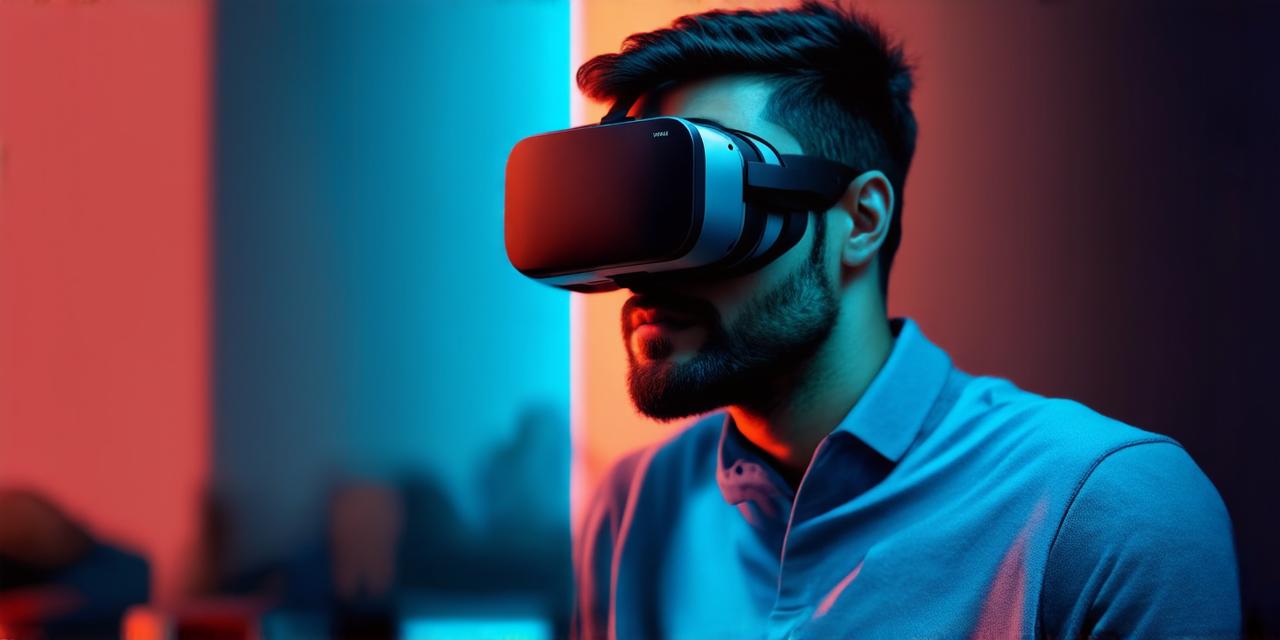Depression is a serious mental health condition that affects millions of people worldwide. It can cause feelings of sadness, hopelessness, and loss of interest in activities that were once enjoyable.
Traditional treatments for depression include therapy and medication, but many patients find these methods to be ineffective or uncomfortable.
How Virtual Reality Works
Virtual reality works by stimulating the senses in a way that creates a sense of presence and immersion. When a user puts on a VR headset, they are presented with a three-dimensional environment that is designed to mimic real-world surroundings.
The user’s brain then processes this information and creates a sense of presence in the virtual world. This allows the user to feel as though they are actually in the environment, which can be incredibly therapeutic for people with depression.
Research on Virtual Reality and Depression
There is growing evidence that virtual reality can be an effective tool for treating depression. One study published in the journal Frontiers in Psychology found that VR exposure therapy was as effective as traditional cognitive-behavioral therapy (CBT) in reducing symptoms of depression in patients with social anxiety disorder.
Another study published in the Journal of Clinical Psychiatry found that VR exposure therapy was also effective in reducing symptoms of depression in patients with post-traumatic stress disorder (PTSD).
Case Studies and Personal Experiences
Many people have reported positive experiences with using virtual reality for depression treatment. One example is a woman named Sarah, who struggled with social anxiety and depression for years.
Sarah tried traditional therapy and medication, but found that they were not effective for her. Sarah then tried virtual reality exposure therapy, where she was exposed to simulated social situations in a safe and controlled environment. After just a few sessions, she reported feeling more confident and less anxious in real-life situations.
Another example is a man named John, who used virtual reality to treat his depression after he lost his job and struggled with feelings of worthlessness and hopelessness. He found that spending time in virtual environments helped him to feel more connected to the world around him and gave him a sense of purpose.
The Benefits of Virtual Reality for Depression Treatment
Virtual reality has several potential benefits for depression treatment. One benefit is that it can provide a safe and controlled environment for patients to confront their fears and anxieties. This can be especially helpful for people who struggle with social anxiety or other phobias.
Another benefit of virtual reality is that it can be highly customized to meet the individual needs of each patient. For example, a patient with PTSD might be exposed to simulated environments related to their traumatic experiences, while a patient with depression might be exposed to more calming and relaxing virtual environments.
Virtual reality can also be cost-effective and accessible, as it does not require expensive equipment or specialized training. This makes it an attractive option for patients who may not have access to traditional therapy or medication.
FAQs
Q: What is virtual reality (VR)?
Virtual reality is a technology that allows users to experience immersive digital environments and interact with them using specialized headsets or other devices.
Q: Can VR be effective in treating depression?
Yes, there is growing evidence that virtual reality can be an effective tool for treating depression.
Q: How does virtual reality work?
Virtual reality works by stimulating the senses in a way that creates a sense of presence and immersion.
